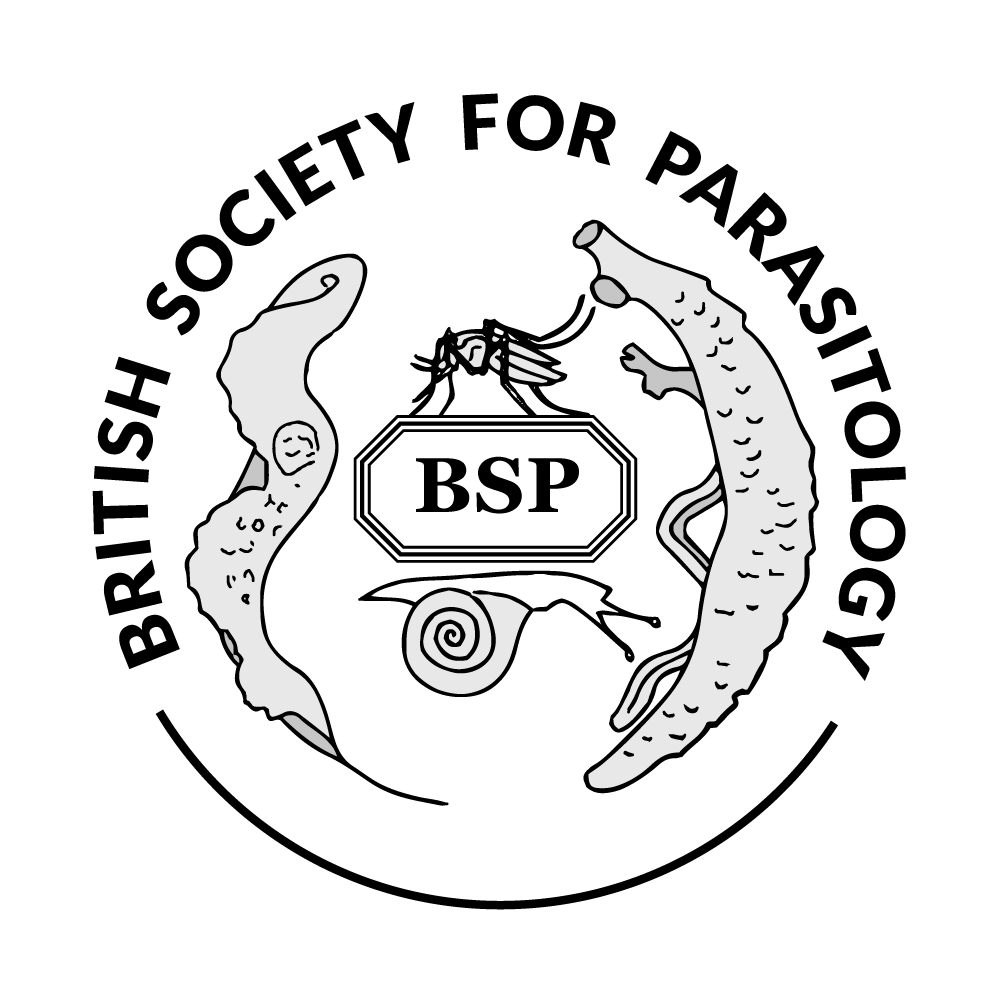Authors
K Joeker2; B Randrianasolo3; K Jøker2; P Leutscher1; L Thomsen Schmidt Arenholt2; 1 Aalborg University, Denmark; 2 Centre for Clinical Research, North Denmark Regional Hospital, Denmark; 3 Association K’OLO VANONA, Antananarivo,, MadagascarDiscussion
Background Female genital schistosomiasis (FGS) is a neglected although highly prevalent ailment in sub-Saharan Africa caused by Schistosoma haematobium egg-induced inflammation in the pelvic region. FGS is characterized by four different lesion types occurring in the lower female genital tract (grainy sandy patches, homogeneous yellow sandy patches, abnormal blood vessels, and rubbery papules, respectively). This study aimed to test the potential of a deep-learning convolutional neural network’s ability to classify these lesions automatically. Methods Cervical images from 116 women living in a S. haematobium endemic area in Madagascar with annotations on the lesions associated with FGS were utilized in the study. The dataset was preprocessed, and masks were created for deep learning methods. Four models were trained, one for each lesion type, with an architecture based on the U-NET architecture, using a focal loss function and Adam optimizer. Results The best performing model achieved a Jaccard index of 0.48, a sensitivity of 0.67, a specificity of 0.95, and an accuracy of 0.90. Conclusions The preliminary findings indicate that the U-NET based model shows some indication of learning lesions associated with FGS. However, the model also faces limitations due to the quality and quantity of the weak dataset, affecting the overall accuracy and reliability. Specifically, specular reflections in the images pose a significant challenge. Despite the limitations, the results suggest that deep convolutional neural networks, specifically the U-NET architecture, can be utilized for the classification of FGS lesions. Further research and a more robust dataset are needed to fully realize the potential of this approach in a primary health context using mobile phones. 
